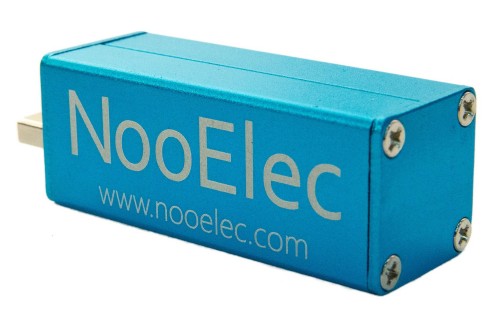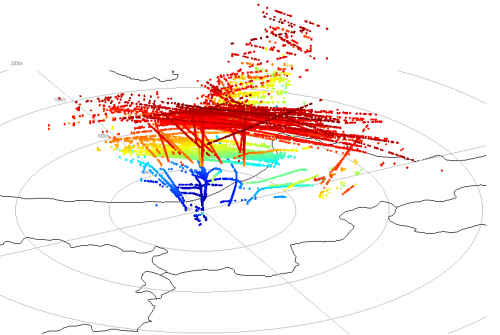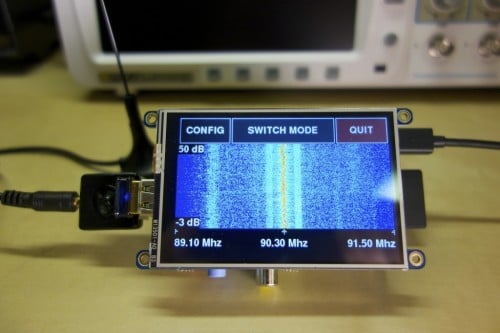Another TCXO RTL-SDR for Sale And Aluminium Cases
Recently we posted about a new US based source for modded TCXO RTL-SDR dongles. Now Nooelec, one of the most popular sellers of standard RTL-SDR dongles have started selling their own version of TCXO modded dongles as well. Their dongles come with a 0.5 ppm TCXO oscillator as well as an external aluminium casing for interference shielding.
A TCXO is a temperature controlled oscillator. Its advantage over a standard oscillator like the one used in a normal RTL-SDR is that its frequency will not drift as the temperature of the dongle changes.
Nooelec are also selling the aluminium casing by itself in silver and in blue for use in shielding dongles that you already have.



